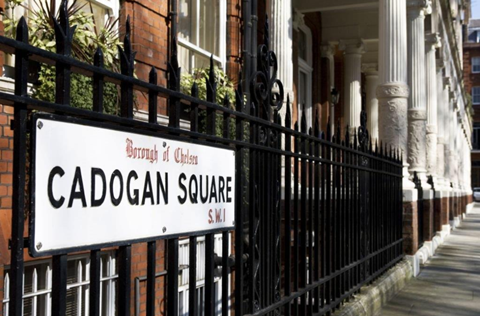Who said it was grim up north? Whereas last year was all about London investment as foreign investors piled into the capital to snap up trophy assets such as the Cheesegrater and the Walkie-Talkie, this year is all about regional investment.

Deal volumes have rocketed north of the Watford Gap. In Scotland, investment activity shot up 86% in the first half of the year, according to JLL, while in the East Midlands, North East and Yorkshire and the Humber activity leapt by 72%, 52% and 56% respectively.
Part of the sharp rise is down to strong investor appetite for sectors that have a regional bias such as industrial and alternatives. But there is much more to it than that.
For both value-add and income-focused investors, London has almost become a no-go zone. Despite all the risks associated with Brexit, yields remain at rock-bottom lows, making it difficult for investors to justify parting with their cash unless they are trophy-hunting foreign investors looking to park money for the very long term.
By contrast, the yields on offer in the regions remain relatively attractive. It should therefore come as no surprise that Cadogan Estates has enlisted the help of Mayfair Capital to buy regional property to meet inheritance tax obligations via the appropriately named Cadogan Income Properties.

It is not just the prospect of attractive income returns that is luring investors out of London. For private equity funds, the regions also offer more enticing opportunities to ‘buy, fix and sell’ without worrying too much about a Brexodus of financial occupiers.
But investors have to be wary about where they invest. Alistair Meadows, head of UK capital markets at JLL, says HMRC’s regional hubs programme, which is taking up large chunks of office space in major cities in the north and Scotland, is a key investment driver in those cities. This may be true, but the flipside is that HMRC is ultimately downsizing. The opening of 13 HMRC regional hubs may have a positive market impact, but the planned closure of 170 offices certainly won’t.
The government is not alone in consolidating its office space. Major corporates are also slashing their office footprint in an effort to make more efficient use of their space. Part of the rise of WeWork is down to this change in mindset and in the long run, it will only depress office demand as companies downsize and/or make do with their existing offices because they can use flexible office space when needed.
If WeWork’s Summer Camp is anything to go by, the co-working giant’s founders see the company as more than just an office provider. Apart from being a festival organiser, it’s talking about WeLive, WeGym, WeGrow, WeBuild and even, gulp, WeWorld, which is taking global domination to a whole other level.
Investors will have to be picky. The good news is that for every threat behemoths like WeWork and Amazon present, there is an opportunity. The bad news is that the stakes are high and it’s all too easy to play the wrong hand.






























No comments yet